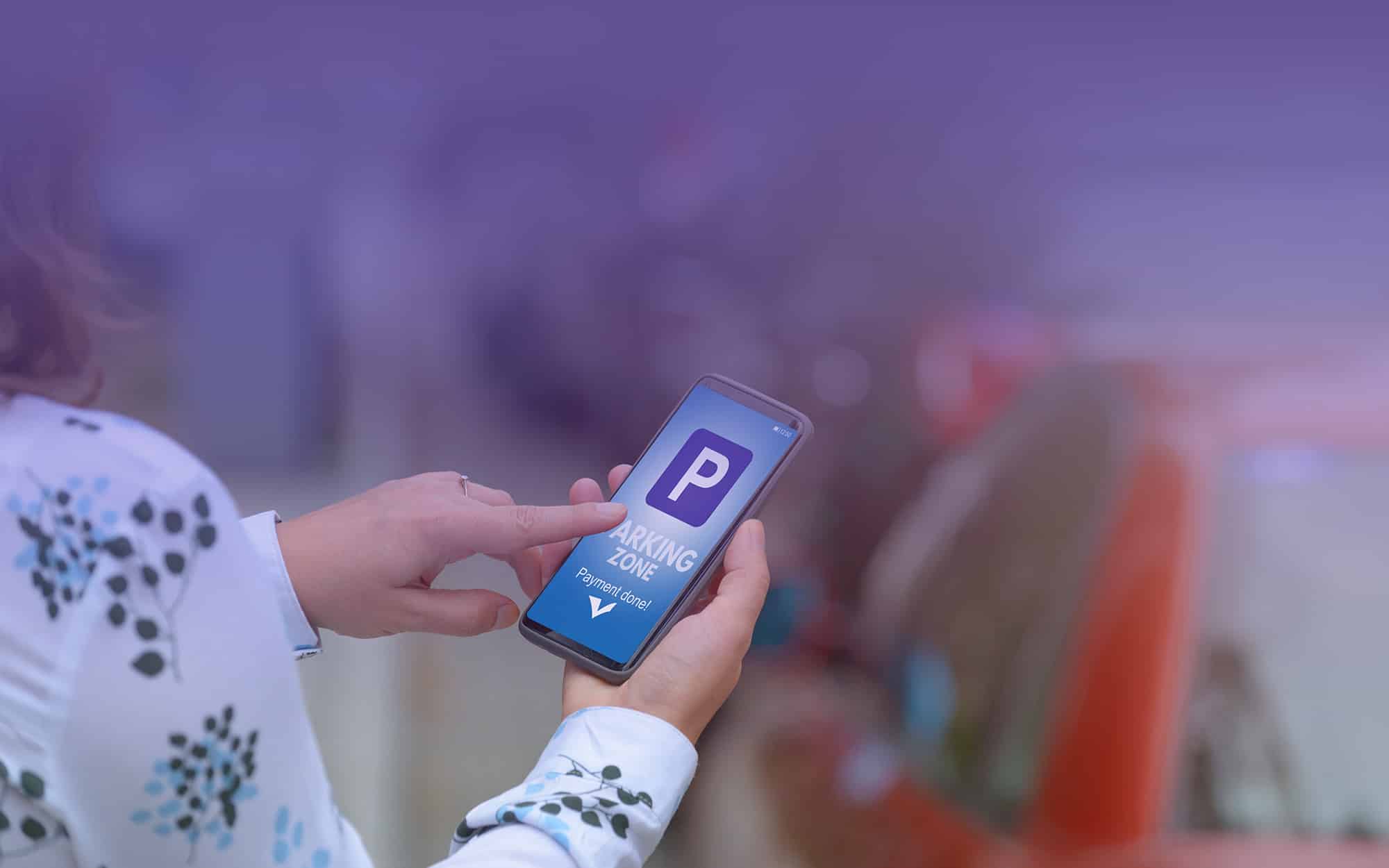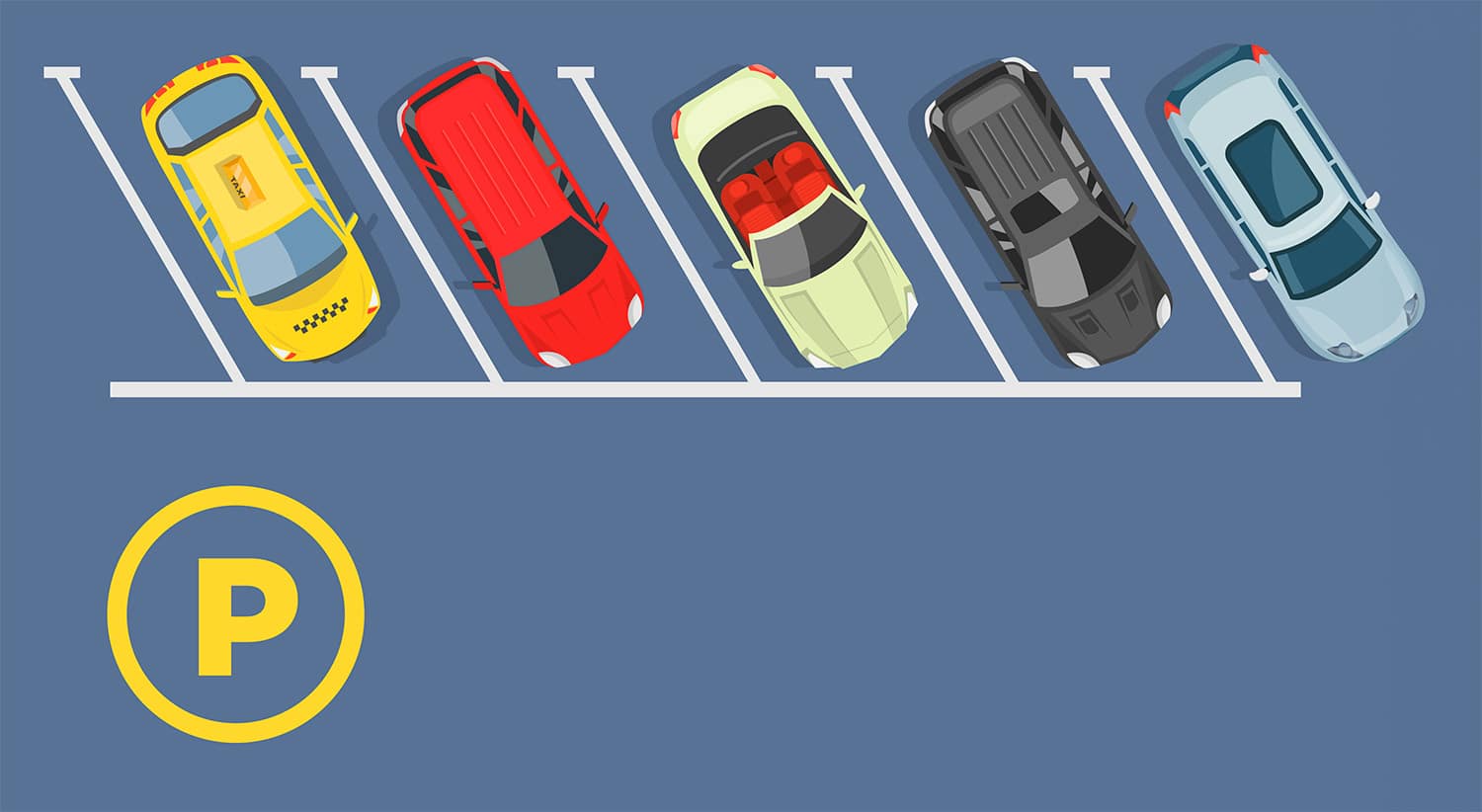
City of Hollywood’s Parking is Going Virtual
Hollywood, Florida Modernizes Its Parking By Embracing the Newest Technology
Share:
Share:
![Sustainable Mobility logo_shutterstock_305262863 [Converted] Logo of the "sustainable mobility task force" featuring a graphic with three arrows and a paw print, demonstrating innovation, set within a golden circle.](https://parking-mobility-magazine.org/wp-content/uploads/elementor/thumbs/Sustainable-Mobility-logo_shutterstock_305262863-Converted-qm4ta4l5c5fl4f01tumj0q8zuegof1g7uw58lllob6.png)
ISTOCKPHOTO / IRINA MEDVEDEVA
There is no denying it: the COVID pandemic changed our lives irrevocably. One of the biggest ways our lives have changed is how we work, specifically where we work. While not everyone has been able to take advantage of hybrid work schedules, many are enjoying the flexibility of working from home one or more days per week. Working from the comfort of one’s own home has provided several benefits to employees. Perhaps chief among those is less time traveling to and from work. Given the benefits and the desire for most employers to keep their employees happy, hybrid work schedules will likely persist for the foreseeable future. Considering how continued hybrid work will impact the future of your parking program is important.
If your program was like most before the pandemic, outside of providing daily transient parking, you may not have been able to offer parking products that would address the current desires of a hybrid worker. There was no need to consider such products, or your budget might not have provided sufficient funding to offer another low-cost product. However, now your customers are making their needs clear. They want a parking product that allows them to pay less for parking since they come to the workplace less often.
It seems logical, really. Why should they pay for a permit that provides daily access when they do not need it? Unfortunately, a solution may not be as simple as it may appear on the surface. There can be numerous hurdles to providing a parking product that specifically addresses the demands of a hybrid worker, including (but not limited to):
At the end of the day, meeting the parking demands of the hybrid worker is likely to prove challenging for your operation. The understandable request of hybrid workers for a more flexible parking option can quickly morph into the demand for a heavily discounted parking product that negatively impacts your ability to meet expenses, puts your debt and credit rating at risk, and is counterproductive to your transportation goals. It is unlikely your customers will care about the market you are in or what your goals are—they are laser-focused on their needs.
What can we do to offset all the challenges and provide appropriate parking services for our employees and customers?
Well, if anyone knows and lives in the university setting, you know most changes come slowly. However, the entire world, including colleges and universities, moved rapidly when the pandemic hit. How do we change on a dime again and develop a new rapport with our hybrid workforce? It starts with gathering data and talking with stakeholders.





With all the modern technology available, one may think adjusting would be easy. Unfortunately, for those without enhanced technology, it is a major undertaking. While changing parking to a more hybrid environment in a university setting may be great for the employees, the management team must create additional revenue streams that may be unavailable if they are tied to a captive audience.
Here are just a few ideas discussed as to how to accommodate your campus’s hybrid workforce parking without large financial losses:
All indications are that flexible working arrangements and hybrid employees will be a major part of the workforce in the foreseeable future. As we all continue to work to balance our books and keep our employees and customers happy, remember that the one real constant we have is change. It is our responsibility as parking professionals to adjust and adapt to whatever is thrown our way. ◆
Matthew Inman is General Manager for MasParc and Mobility LLC and a member of IPMI’s Sustainable Mobility Task Force.
Jon Frederick is the Director of Parking & Transportation for Wayne State University.
Gabriel Mendez, CAPP, is the Director of Transportation Operations for the University of Wisconsin–Madison, a member of the IPMI Board of Directors, and co-chair of IPMI’s Sustainable Mobility Task Force.
Brandy Stanley, CAPP, MBA, is Vice President at FLASH Parking and Co-Chair of the IPMI Sustainable Mobility Task Force.

Hollywood, Florida Modernizes Its Parking By Embracing the Newest Technology



A Sustainable Approach to Parking & Parking Enforcement

A Sustainable Approach to Parking & Parking Enforcement


Parking & Mobility is IPMI’s flagship publication, covering the news, trends, analysis, technologies, and people of the parking and mobility industry, and how it affects and influences communities around the world.
| Cookie | Duration | Description |
|---|---|---|
| cookielawinfo-checkbox-advertisement | 1 year | Set by the GDPR Cookie Consent plugin, this cookie is used to record the user consent for the cookies in the "Advertisement" category . |
| cookielawinfo-checkbox-analytics | 11 months | This cookie is set by GDPR Cookie Consent plugin. The cookie is used to store the user consent for the cookies in the category "Analytics". |
| cookielawinfo-checkbox-functional | 11 months | The cookie is set by GDPR cookie consent to record the user consent for the cookies in the category "Functional". |
| cookielawinfo-checkbox-necessary | 11 months | This cookie is set by GDPR Cookie Consent plugin. The cookies is used to store the user consent for the cookies in the category "Necessary". |
| cookielawinfo-checkbox-others | 11 months | This cookie is set by GDPR Cookie Consent plugin. The cookie is used to store the user consent for the cookies in the category "Other. |
| cookielawinfo-checkbox-performance | 11 months | This cookie is set by GDPR Cookie Consent plugin. The cookie is used to store the user consent for the cookies in the category "Performance". |
| CookieLawInfoConsent | 1 year | Records the default button state of the corresponding category & the status of CCPA. It works only in coordination with the primary cookie. |
| elementor | never | This cookie is used by the website's WordPress theme. It allows the website owner to implement or change the website's content in real-time. |
| viewed_cookie_policy | 11 months | The cookie is set by the GDPR Cookie Consent plugin and is used to store whether or not user has consented to the use of cookies. It does not store any personal data. |
| Cookie | Duration | Description |
|---|---|---|
| _ga | 2 years | The _ga cookie, installed by Google Analytics, calculates visitor, session and campaign data and also keeps track of site usage for the site's analytics report. The cookie stores information anonymously and assigns a randomly generated number to recognize unique visitors. |
| _ga_02PMHW8YWC | 2 years | This cookie is installed by Google Analytics. |
| _ga_LC0QJJHM3J | 2 years | This cookie is installed by Google Analytics. |
| _ga_V9KYTSBYT2 | 2 years | This cookie is installed by Google Analytics. |
| iutk | 5 months 27 days | This cookie is used by Issuu analytic system to gather information regarding visitor activity on Issuu products. |
| Cookie | Duration | Description |
|---|---|---|
| mc | 1 year 1 month | Quantserve sets the mc cookie to anonymously track user behaviour on the website. |
| Cookie | Duration | Description |
|---|---|---|
| ultp_view_1052 | 1 day | No description |
| ultp_view_1058 | 1 day | No description |
| ultp_view_1060 | 1 day | No description |
| ultp_view_1064 | 1 day | No description |
| ultp_view_1068 | 1 day | No description |
| ultp_view_1070 | 1 day | No description |
| ultp_view_1072 | 1 day | No description |
| ultp_view_1078 | 1 day | No description |
| ultp_view_1082 | 1 day | No description |
| ultp_view_1088 | 1 day | No description |
| ultp_view_1100 | 1 day | No description |
| ultp_view_1103 | 1 day | No description |
| ultp_view_1114 | 1 day | No description |
| ultp_view_1118 | 1 day | No description |
| ultp_view_1122 | 1 day | No description |
| ultp_view_1125 | 1 day | No description |
| ultp_view_1130 | 1 day | No description |
| ultp_view_1132 | 1 day | No description |
| ultp_view_1135 | 1 day | No description |
| ultp_view_1541 | 1 day | No description |
| ultp_view_1554 | 1 day | No description |
| ultp_view_1557 | 1 day | No description |
| ultp_view_1560 | 1 day | No description |
| ultp_view_1563 | 1 day | No description |
| ultp_view_1568 | 1 day | No description |
| ultp_view_1572 | 1 day | No description |
| ultp_view_1576 | 1 day | No description |
| ultp_view_1580 | 1 day | No description |
| ultp_view_2305 | 1 day | No description |
| ultp_view_2321 | 1 day | No description |
| ultp_view_2338 | 1 day | No description |
| ultp_view_2342 | 1 day | No description |
| ultp_view_259 | 1 day | No description |
| ultp_view_270 | 1 day | No description |
| ultp_view_275 | 1 day | No description |
| ultp_view_286 | 1 day | No description |
| ultp_view_3074 | 1 day | No description |
| ultp_view_3115 | 1 day | No description |
| ultp_view_3334 | 1 day | No description |
| ultp_view_3336 | 1 day | No description |
| ultp_view_3338 | 1 day | No description |
| ultp_view_3340 | 1 day | No description |
| ultp_view_3346 | 1 day | No description |
| ultp_view_3354 | 1 day | No description |
| ultp_view_3361 | 1 day | No description |
| ultp_view_3367 | 1 day | No description |
| ultp_view_365 | 1 day | No description |
| ultp_view_367 | 1 day | No description |
| ultp_view_38 | 1 day | No description |
| ultp_view_3846 | 1 day | No description |